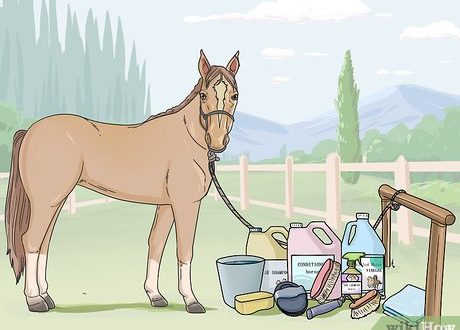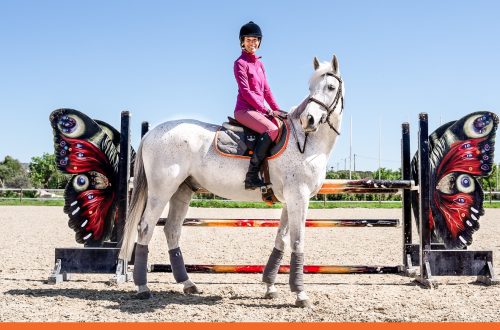
Legs or bandages: the world’s best guides about the eternal dilemma
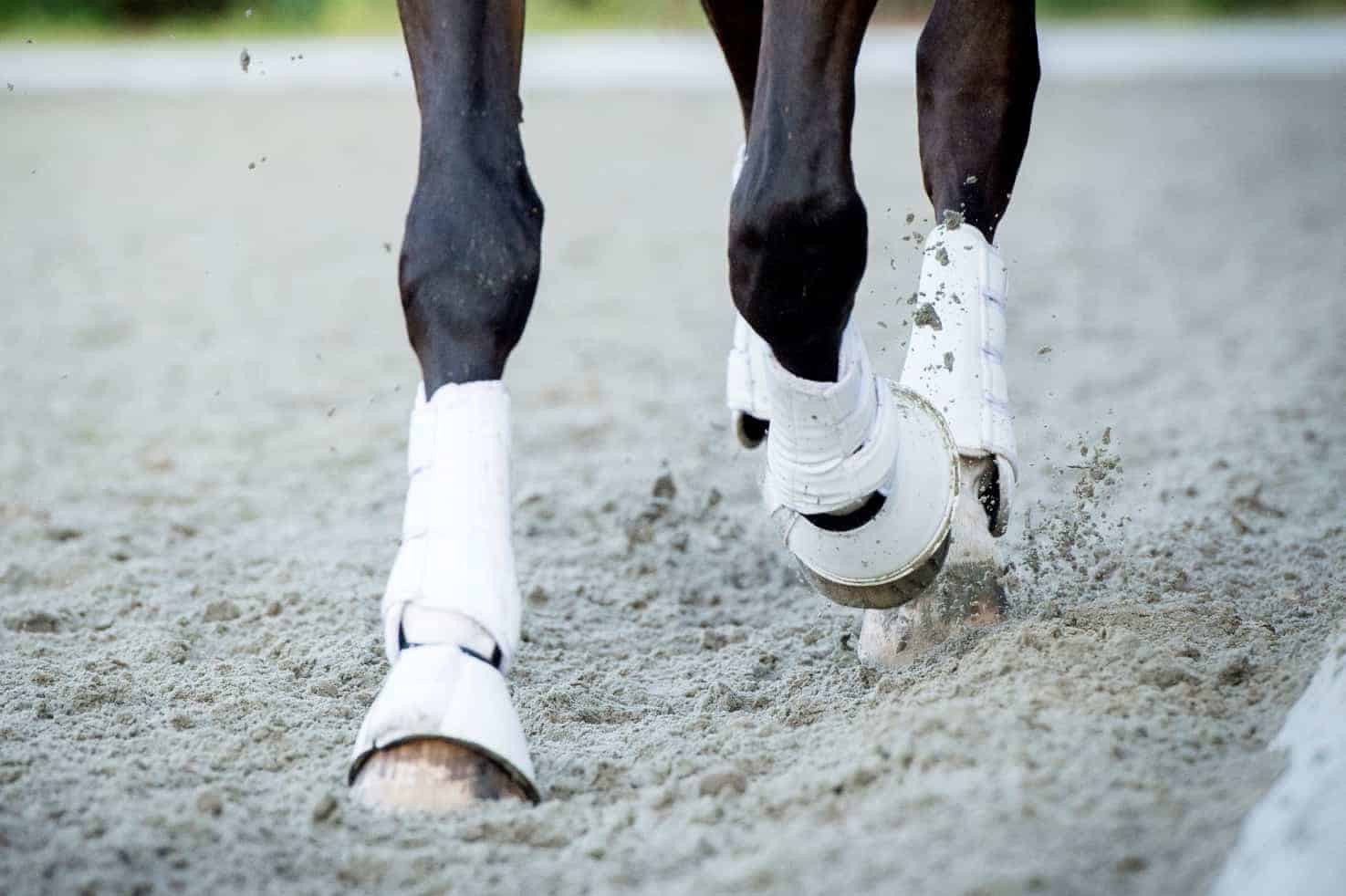
Photo taken from thehorse.com
Bandages or boots? The age-old question that every athlete must have asked. The best horse breeders shared tips on choosing the right leg protector.
Mel Jobst, groom Marcus Ehning: “Usually we put bandages with quilted pads on the front legs, and on the hind legs – either bandages or boots to choose from. But it all depends on the horse. Bells I use only when necessary and always check if they rub. If the battlefield is in puddles, then we do not bandage, because wet bandages do not hold well and slide off.
Josie Allison, groom Jessica Springsteen: “I always bandage horses for dressage training, and put on show jumping boots for work on poles. I like that the bandages give extra support to the tendons.”
Marlene Shannwell, groom Bertram Allen: “For most of our horses, we use regular boots for every day and boots with extra tendon support for jumping training. Several of our horses have “custom foot size” and have either small or large boots. On them we put on either boots with fur or bandages. Veterinarians have done a lot of research, but they still can’t say which boots are better: none of them protect the tendons by 100% ”
Kay Neetham, former horse breeder Marcus Ehning: “I’ve used both boots and bandages over the years and they did a great job of protecting my feet and supporting my tendons. When putting on bells, I first of all check that they are clean and fit, otherwise they may rub on the leg. And with bandages, it’s important to make sure you don’t overtighten them – it will do more harm than good.”
Once you have decided what exactly you need to protect your horse’s legs, another question arises – what exactly to choose? Does the variety of firms, models and types shock you? Then this compilation will make your life easier:
“Ageless Classic”
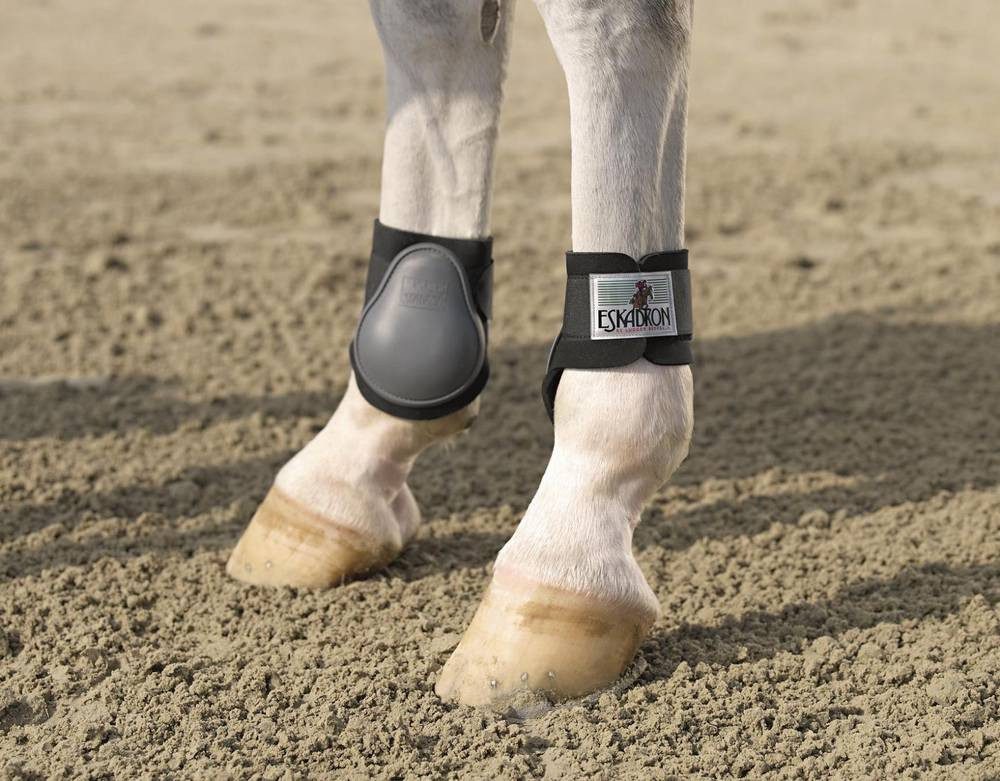
Boots from a well-known manufacturer on the market squadron Suitable for both regular work and for walking. And for those who prefer outdoor work in any weather, boots will be a real salvation – a wide Velcro fixes well, a neoprene lining protects against chafing, and the rubber material is perfectly cleaned, does not crack from impacts and tolerates temperature changes well.
“Resilience Plus”
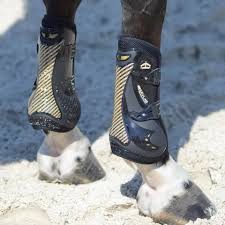
Worried about the safety of your horse’s legs while working with poles? Buttocks Kevlar Gel Vento from the Italian brand Veredus have enhanced strength and wear resistance. The protective layer made of Kevlar, a special synthetic material, withstands strong impacts and damage. Nitrexel shock-absorbing film located at the back of the boot provides additional protection.
“Soft, even softer!”
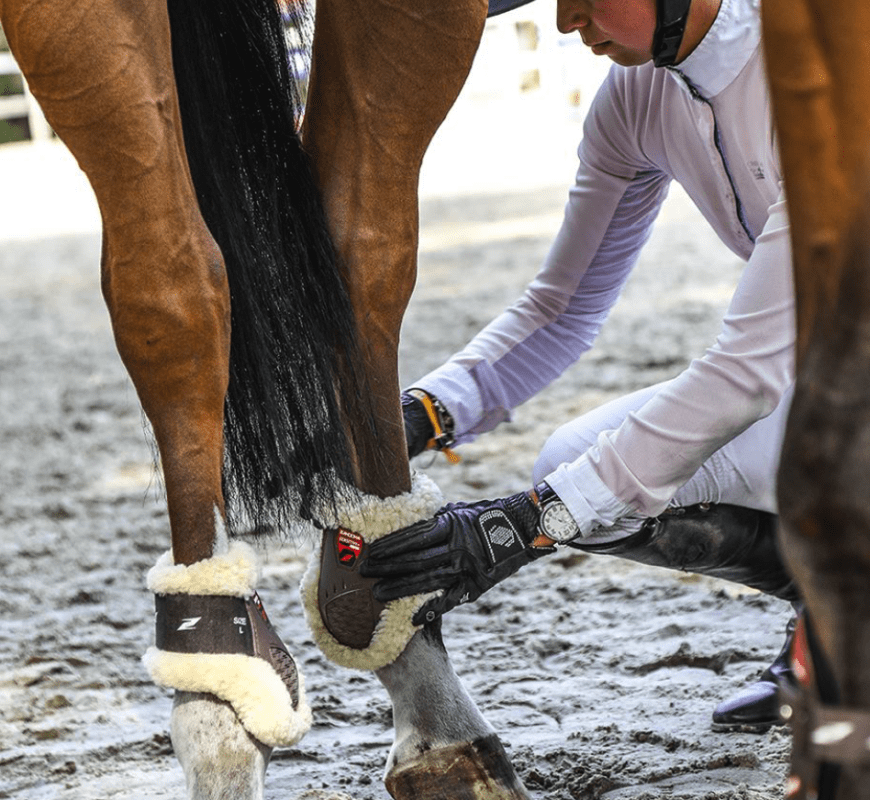
For those who are worried about the boots not rubbing the horse in any way, the Italian company Zadona has released a special model. Carbon Air Sensitive+. The purpose of these boots is maximum protection of the tendons and prevention of irritation and chafing. A faux sheepskin lining prevents skin irritation, while three vents keep the foot warm.
“Defending All the Colors of the Rainbow”
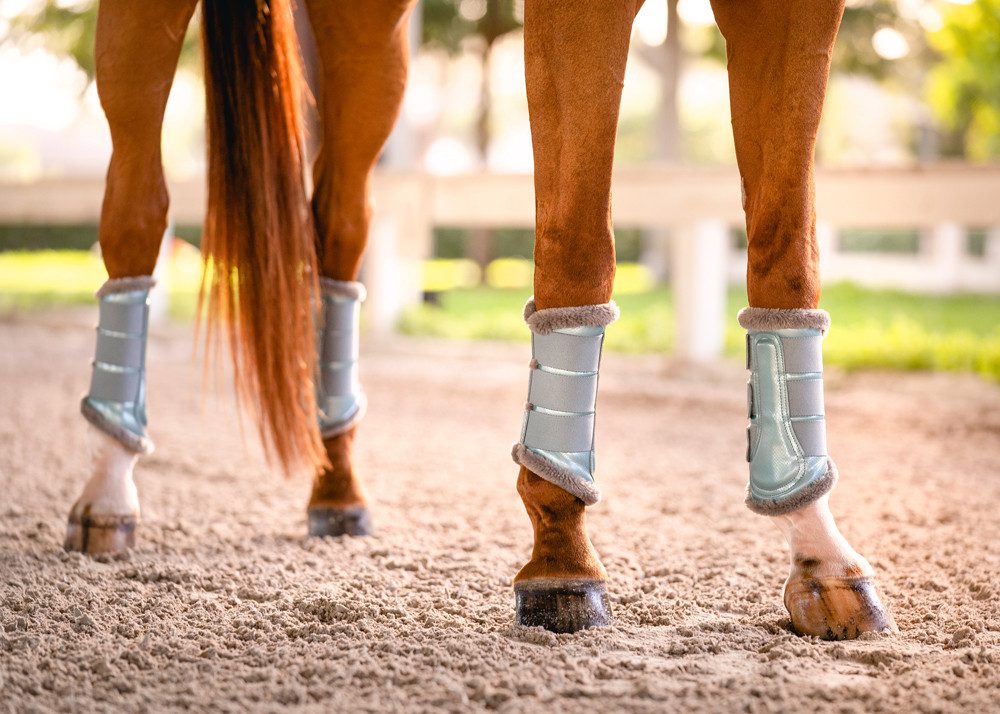
Down with the stereotype that only bandages are used in dressage! Dressage boots from a leading Swedish manufacturer Equestrian Stockholm perfectly protect the horse’s legs due to the elongated shape, and a wide choice of colors and compatibility with the company’s saddle pads will delight anyone. The inner fur coating enhances the fit to the leg, and the fastener with three elastic Velcro fasteners perfectly fixes the boots.
“Practicality and style”
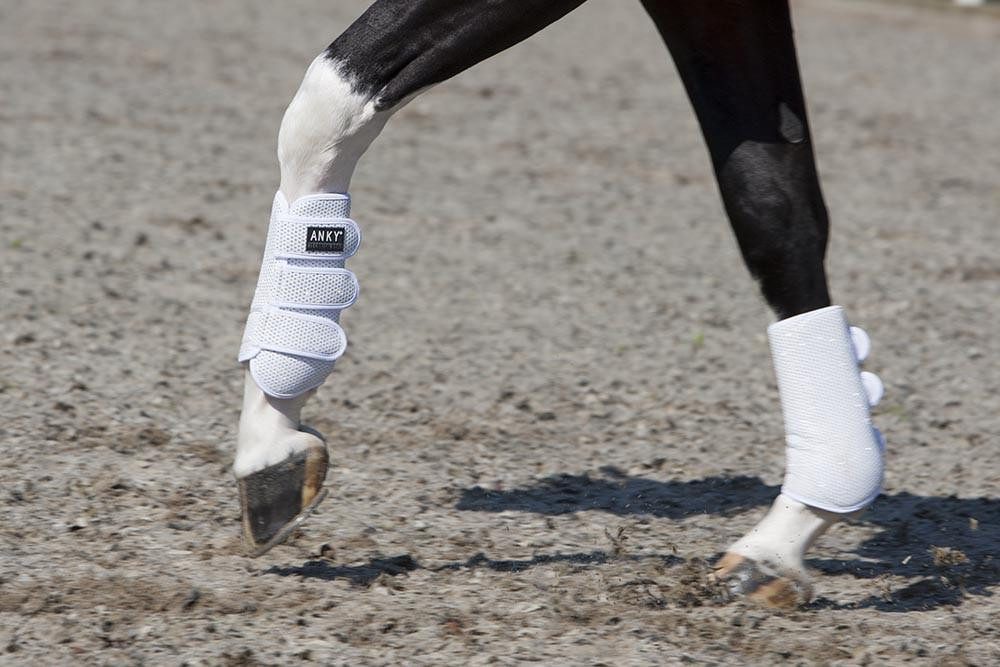
To whom, if not a brand ANKY, founded by Olympic dressage champion Anka van Grunsven, to know about all the intricacies of work and the requirements for protecting the legs of a horse? In addition to stylish design and updated collections, boots have another advantage – they are not divided into back and front and differ only in size, giving the buyer the opportunity to combine options.
“Even More Support”
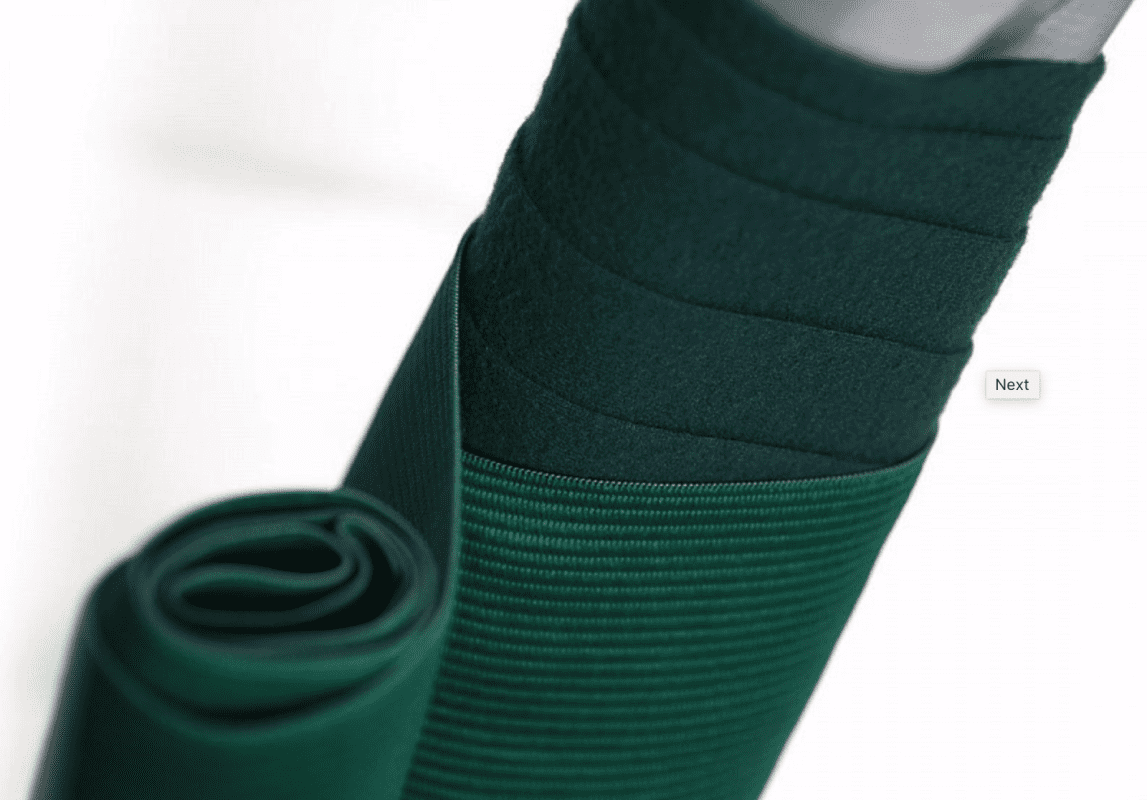
For those who prefer bandages but are still unsatisfied with the tendon support capabilities of conventional fleece, the company I encourage released combined bandages. In addition to the standard fleece material, there is an elastic wide elastic band on top. The perforation makes the material more durable.
“We pull, let’s not pull”
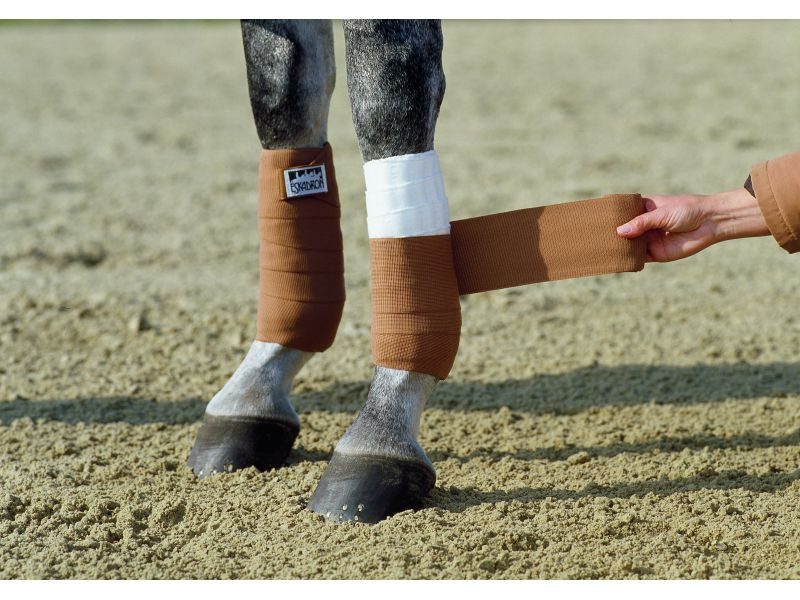
And for those who are afraid to pull the horse’s legs with bandages, the firm squadron produced special bandages. The upper part is made of a mixture of acrylic polyamide and lycra, and the second layer is made of Climatex material, which maximally protects the legs from dragging and regulates heat transfer. Due to their appearance, such bandages are more comfortable than padded jackets, as they fit snugly to the leg and are easy to use.
Choose bandages or boots – each owner or athlete decides for himself, depending on the characteristics of the horse, the type of work, veterinary indications and other factors. And experts from Prokoni Shop help you find the perfect leg protection for your horse for any occasion.



